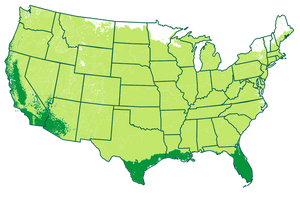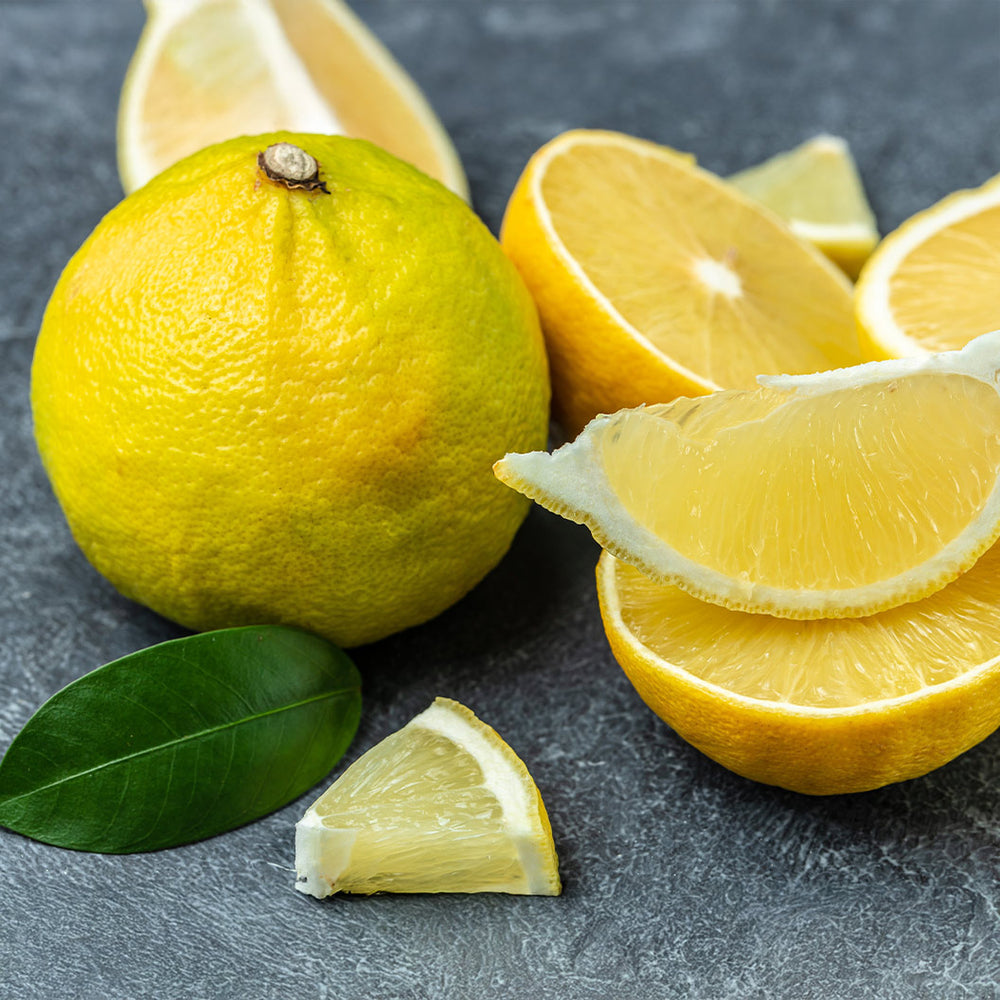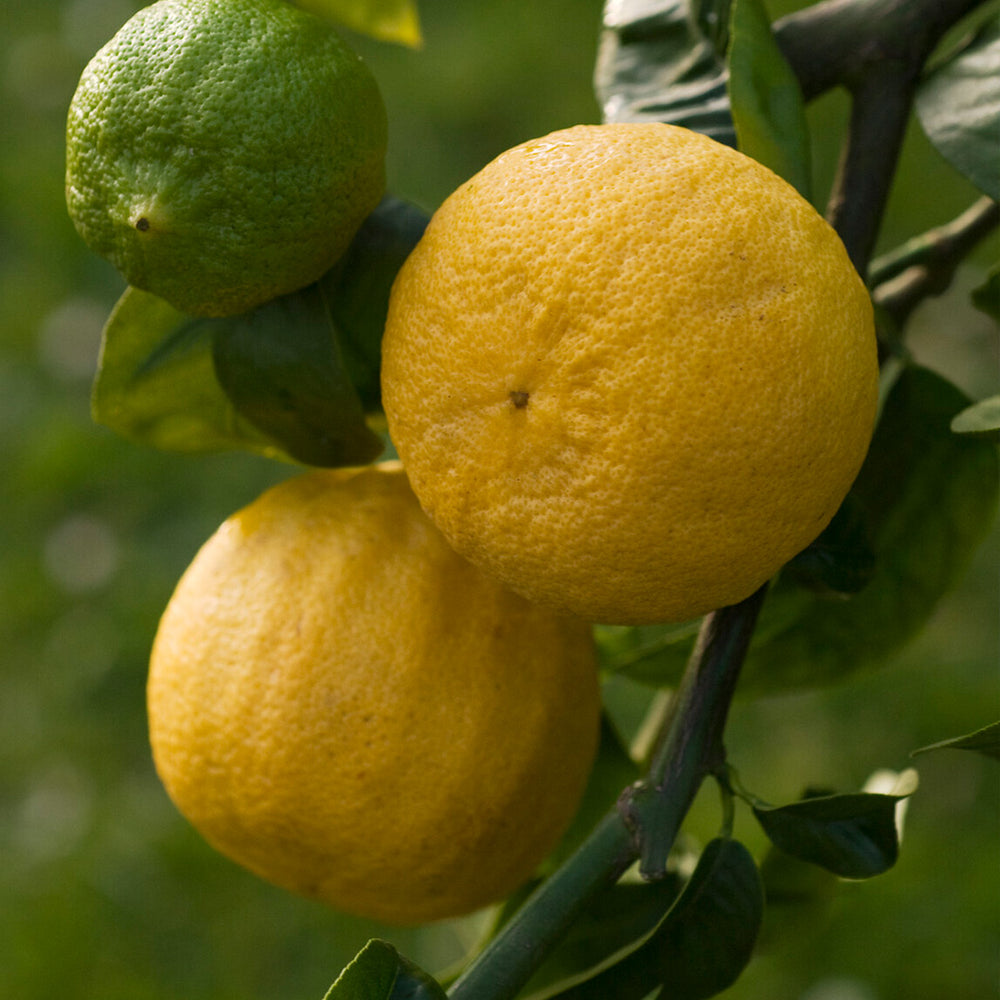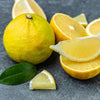* Images shown are of mature plants

Have questions? Talk with our Plant Experts (800) 973-8959
Fragrant Citrus Tree Used for Oils and Tea
Best known as the signature flavor behind Earl Grey tea, the Bergamot Orange Tree produces a fragrant citrus variety prized for its highly aromatic rind. Though the fruit itself is not allowed to be eaten fresh, its essential oil is widely used in teas, perfumes, and aromatherapy for its uniquely refreshing scent and calming properties. The tree produces clusters of fragrant white flowers that make it as appealing in the garden as it is in wellness rituals.
Bergamot fruit resembles an orange in shape but takes on a yellow-green hue as it matures, with vibrant yellow flesh inside. While not traditionally consumed raw, its juice is sweeter than lemon and valued for culinary uses like marmalade and flavoring syrups. The rind is especially sought-after, yielding a rich essential oil.This tree begins bearing fruit within 1–2 years of planting and thrives in warm, sunny locations with well-drained soil. It can be grown in the ground or in containers, making it a versatile addition to patios, gardens, or indoor spaces with good light. The glossy green leaves and symmetrical form make it an attractive ornamental option, even when not in bloom or bearing fruit.
Whether you’re drawn to its aromatic oils or its striking appearance, the Bergamot Orange Tree is ideal for citrus enthusiasts, tea lovers, or anyone seeking a fragrant accent plant. Grow yours today!
Pollination Info
Bergamot Orange Tree Pollination
Bergamot Orange Trees are self-fertile. You will get fruit with only one plant. However, adding an additional Bergamot Orange Tree will drastically increase the size of your crop.
Planting & Care
1. Planting: Choose a spot with full sun and well-drained soil. For containers, use a citrus-specific or well-draining potting mix in a pot with drainage holes. Protect from frost if planted outdoors in cooler climates.
2. Watering: Water when the top 1–2 inches of soil are dry. Keep soil evenly moist, especially during active growth. Reduce watering slightly in winter, but do not allow the soil to dry out completely.
3. Fertilizing: Apply a balanced citrus fertilizer starting in early spring and repeat every 6–8 weeks through late summer. Do not fertilize in fall or winter.
4. Pruning: Prune in late winter or early spring to maintain shape and remove dead or crowded branches. Light pruning helps improve air circulation and overall tree health.
5. Pollination: This plant is self-fertile and doesn't require additional pollination.
Shipping Details
Estimated Shipping Time: Most orders ship immediately. As noted on the website, some items are seasonal, and may only ship in spring or fall. Once your order is shipped, you'll receive an email with a tracking number.
| Amount of Order | Shipping Charge |
|---|---|
| Less than $49 | $19.95 |
| $49 + | FREE SHIPPING! |
Product Details
| Mature Height: | 10-15 ft. |
| Mature Width: | 5-12 ft. |
| Sunlight: | Full-Partial Sun |
| Blooms: | Spring |
| Growth Rate: | Moderate Growing |
| Harvest Time: | Fall |
| Botanical Name: | Citrus x Bergamia |
| Does Not Ship To: | AK, AL, AZ, CA, FL, HI, LA, MS, OR, TX |
| Grows Well In Zones: | 4-11 patio / 9-11 outdoors |
| Your Growing Zone: | # |





